

Similar to Kaktus Hotel
Killer Whales: Wolves of the Sea (1993)
Do they really launch themselves onto the shore to grab a hapless snack? See for yourself, and gain a vivid appreciation for their appetites and skills. While your jaw drops at their fearsome agility, you’ll also be learning about their migratory and other behaviours from scientists who observe them daily and strive to increase our understanding of their needs for survival. In this National Geographic ‘Wildlife Special’ you’ll journey around the globe to see their extraordinary hunting techniques in action.
Realm of the Alligator (1986)
Eerie, forbidding, and darkly beautiful - Okefenokee is ruled by a relative of the dinosaur: the fearsome alligator. Day and night the alligator glides silently through its steamy realm, stony eyes just above the waterline, mouth held in a seemingly perpetual smile.
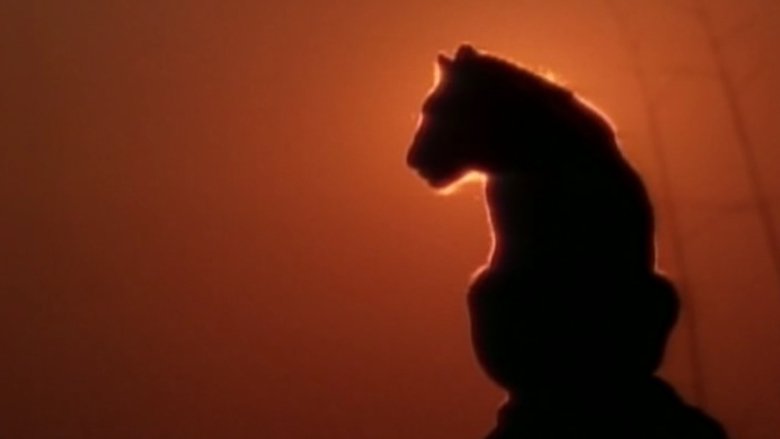
Lions Of Darkness (1993)
The eight lionesses soon give birth to their new leaders’ cubs and there are young everywhere, feeding, playing and training for survival. But danger lurks behind virtually every bush, whether from ever-present hyenas or from a clever mongoose. One lonely cub, born late and orphaned early, endures hardships so heart-rending the filmmakers were tempted to intervene. But they decided to let nature run its unpredictable course.
Amazing Journeys (1999)
By land, by air, and by sea, viewers can now experience the struggle that millions of creatures endure in the name of migration as wildlife photographers show just how deeply survival instincts have become ingrained into to the animals of planet Earth. From the monarch butterflies that swarm the highlands of Mexico to the birds who navigate by the stars and the millions of red crabs who make the perilous land journey across Christmas Island, this release offers a look at animal instinct in it's purest form.
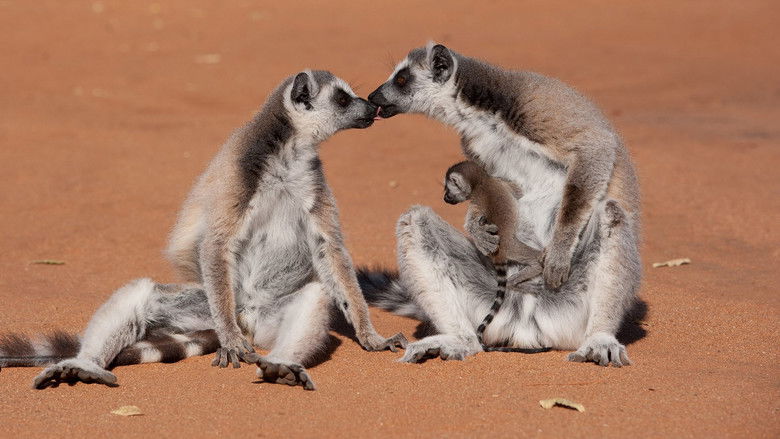
Island of Lemurs: Madagascar (2014)
The incredible true story of nature’s greatest explorers—lemurs. Through footage captured with IMAX 3D, audiences go on a spectacular journey to the remote and wondrous world of Madagascar. Join trailblazing scientist Patricia Wright on her lifelong mission to help these strange and adorable creatures survive in the modern world.
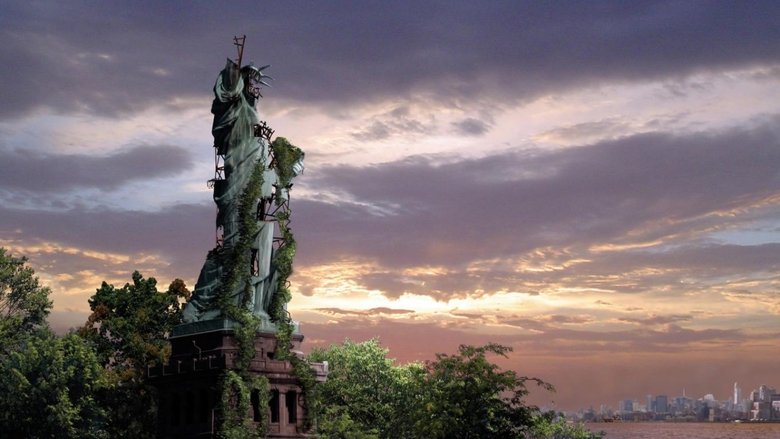
Life After People (2008)
In this special documentary that inspired a two-season television series, scientists and other experts speculate about what the Earth, animal life, and plant life might be like if, suddenly, humanity no longer existed, as well as the effect humanity's disappearance might have on the artificial aspects of civilization.
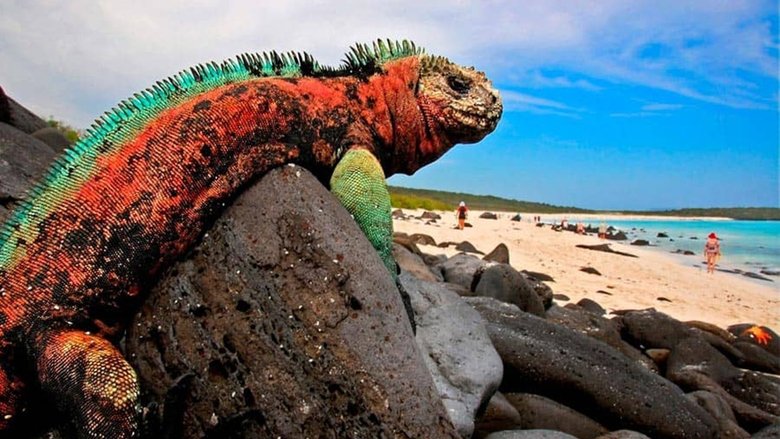
The Dragons of Galapagos (1998)
This is the story of the incredible struggle for survival of the dragons of the Galapagos. On the island of Fernandina, each year Land Iguanas migrate up the steep slopes of the 5000ft active volcano to lay their eggs in the warm soil. If the rim of the crater is fully occupied they have to climb 1 km down the steep crater walls to the floor below. Many are killed finding a path down as the walls are steep & dangerously unstable causing many landslides.
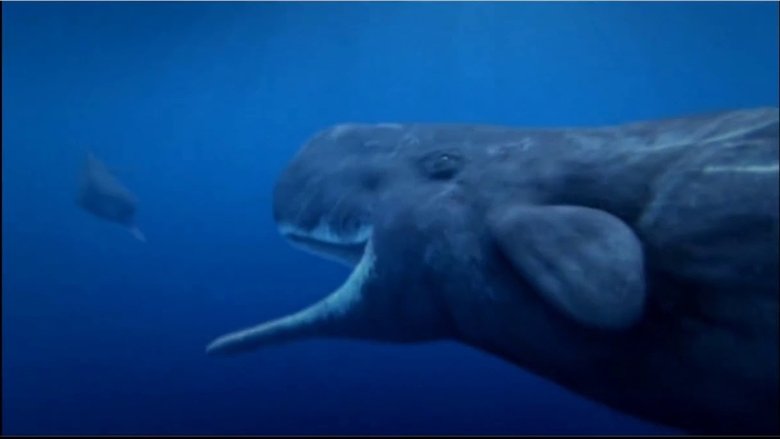
Ocean Odyssey (2006)
The largest predator on the planet, the sperm whale, is your host for an amazing exploration of the final frontier – the world at the bottom of the ocean. From the makers of the Walking With series comes this incredible marine tour, in which you'll witness a rarely seen world of hidden mountain ranges, majestic canyons, volcanoes and the beautiful and often deadly creatures that inhabit the deep sea.
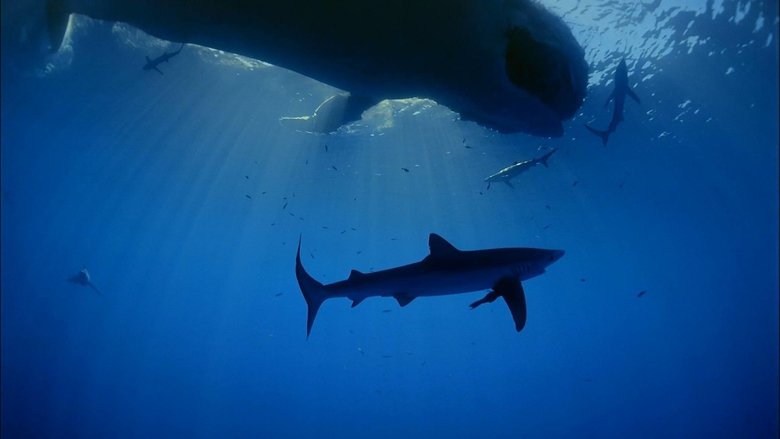
Ocean Oasis (2000)
Ocean Oasis is a fascinating journey into the bountiful seas and pristine deserts of two remarkably different, but inextricably linked worlds — Mexico's Sea of Cortés and the Baja California desert.

Shark Gangs (2021)
Scientists have discovered and investigate the reason behind the behavior of sharks swimming around in gangs even though they are viewed as solitary predators.
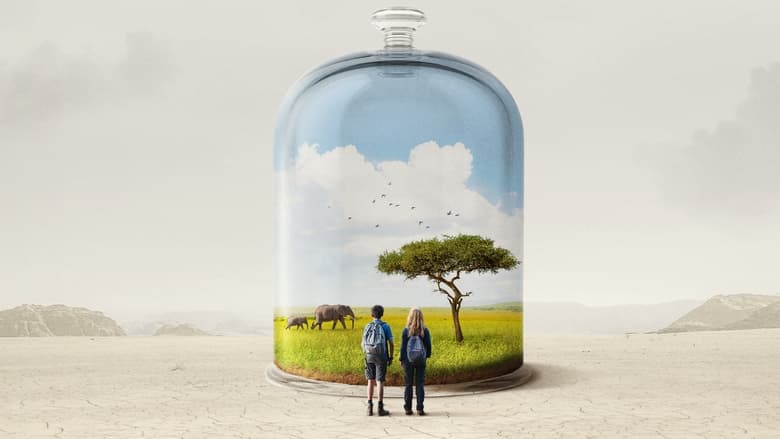
Animal (2021)
16-year-old Bella and Vipulan are part of a generation convinced its very future is in danger. Between climate change and the 6th mass extinction of wildlife, their world could well be inhabitable 50 years from now. They have sounded the alarm over and over, but nothing has really changed. So they’ve decided to tackle the root of the problem: our relationship with the living world. Over the course of an extraordinary journey, they come to realize just how deeply humans are tied to all other living species. And that by saving them… we’re also saving ourselves. Humans thought they could distance themselves from nature, but humans are part and parcel of nature. For man is, after all, an Animal.

The Velvet Queen (2021)
High up on the Tibetan plateau. Amongst unexplored and inaccessible valleys lies one of the last sanctuaries of the wild world, where rare and undiscovered fauna lives. Vincent Munier, one of the world’s most renowned wildlife photographers takes the adventurer and novelist Sylvain Tesson (In the Forest of Siberia) with him on his latest mission. For several weeks, they’ll explore these valleys searching for unique animals and try to spot the snow leopard, one of the rarest and most difficult big cats to approach.
Running 62 (2018)
Zibeon Fielding, Aboriginal TSI man and long distance runner is preparing to run a crazy 62 kilometres. Driven by passion to help those he loves, Zibeon will run further than he ever has before in the heart of Australian desert.
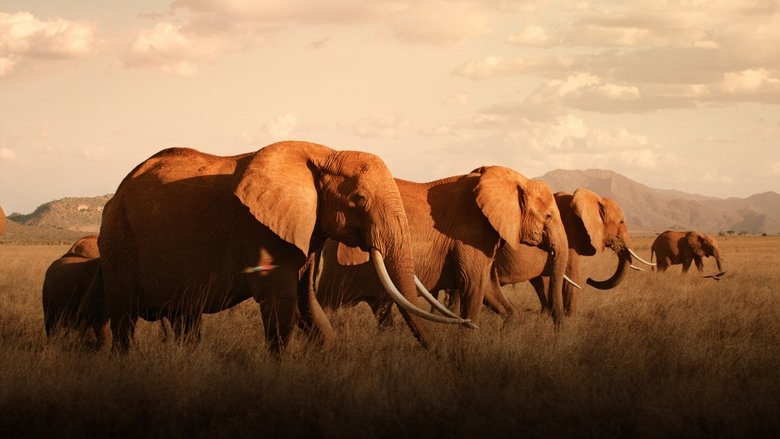
The Elephant Queen (2019)
Join Athena, the majestic matriarch, as she leads her elephant herd across an unforgiving African landscape.
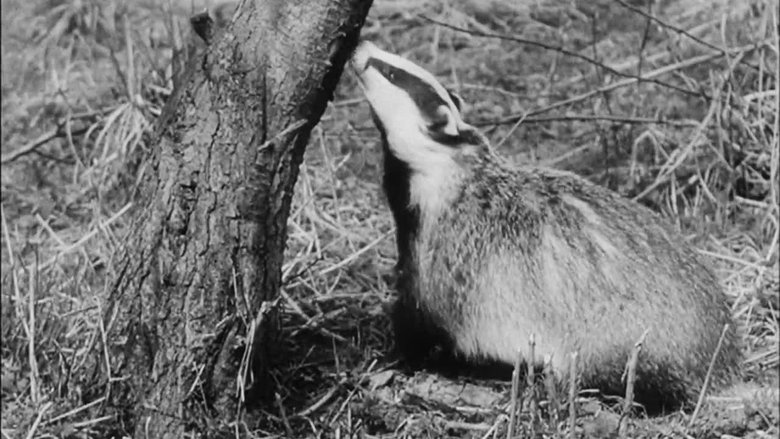
Wisdom of the Wild (1940)
A wildlife film with a difference: it has A Message for any humans in the house. "The squirrel in the tree, the fox below, the birds, insects, all know that a time of plenty will not last forever". Austerity-stricken wartime viewers can learn from their economical feeding habits. An entertaining hybrid of public information and natural history from the makers of wildlife series Secrets of Life. Released in the BFI boxset Ration Books and Rabbit Pies: Films from the Home Front.
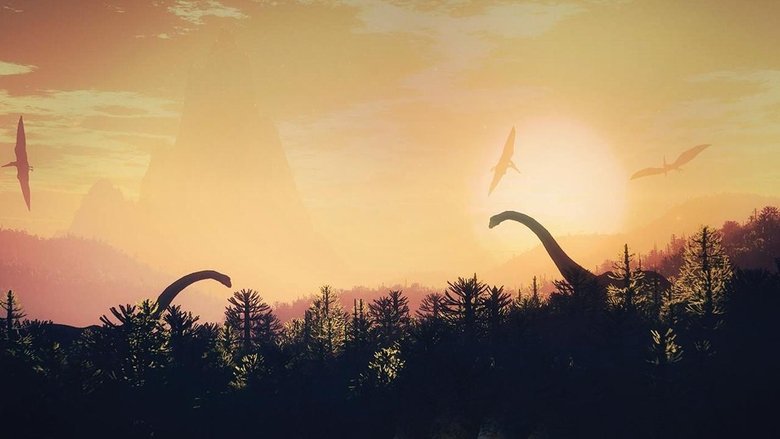
Prehistoric Worlds (2020)
Five times, Earth has faced apocalyptic events that swept nearly all life from the face of the planet. What did these prehistoric creatures look like? What catastrophes caused their disappearance? And how did our distant ancestors survive and give rise to the world we know today?
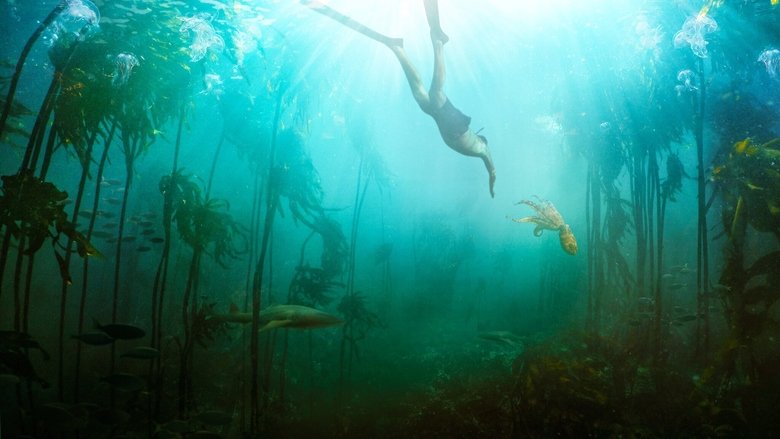
My Octopus Teacher (2020)
After years of swimming every day in the freezing ocean at the tip of Africa, Craig Foster meets an unlikely teacher: a young octopus who displays remarkable curiosity. Visiting her den and tracking her movements for months on end he eventually wins the animal’s trust and they develop a never-before-seen bond between human and wild animal.

Coral Reef Adventure (2003)
Coral Reef Adventure follows the real-life expedition of ocean explorers and underwater filmmakers Howard and Michele Hall. Using large-format cameras, the Halls guide us to the islands and sun-drenched waters of the South Pacific to document the health and beauty of coral reefs. Featuring songs written and recorded by Crosby, Stills & Nash.

Deep Sea 3D (2006)
Sea life in a whole new way. Deep Sea 3D, an underwater adventure from the filmmakers behind the successful IMAX® 3D film Into the Deep, transports audiences deep below the ocean surface. Through the magic of IMAX®; and IMAX 3D, moviegoers will swim with some of the planets most unique, dangerous and colorful creatures, and understand this inspiring underworld.